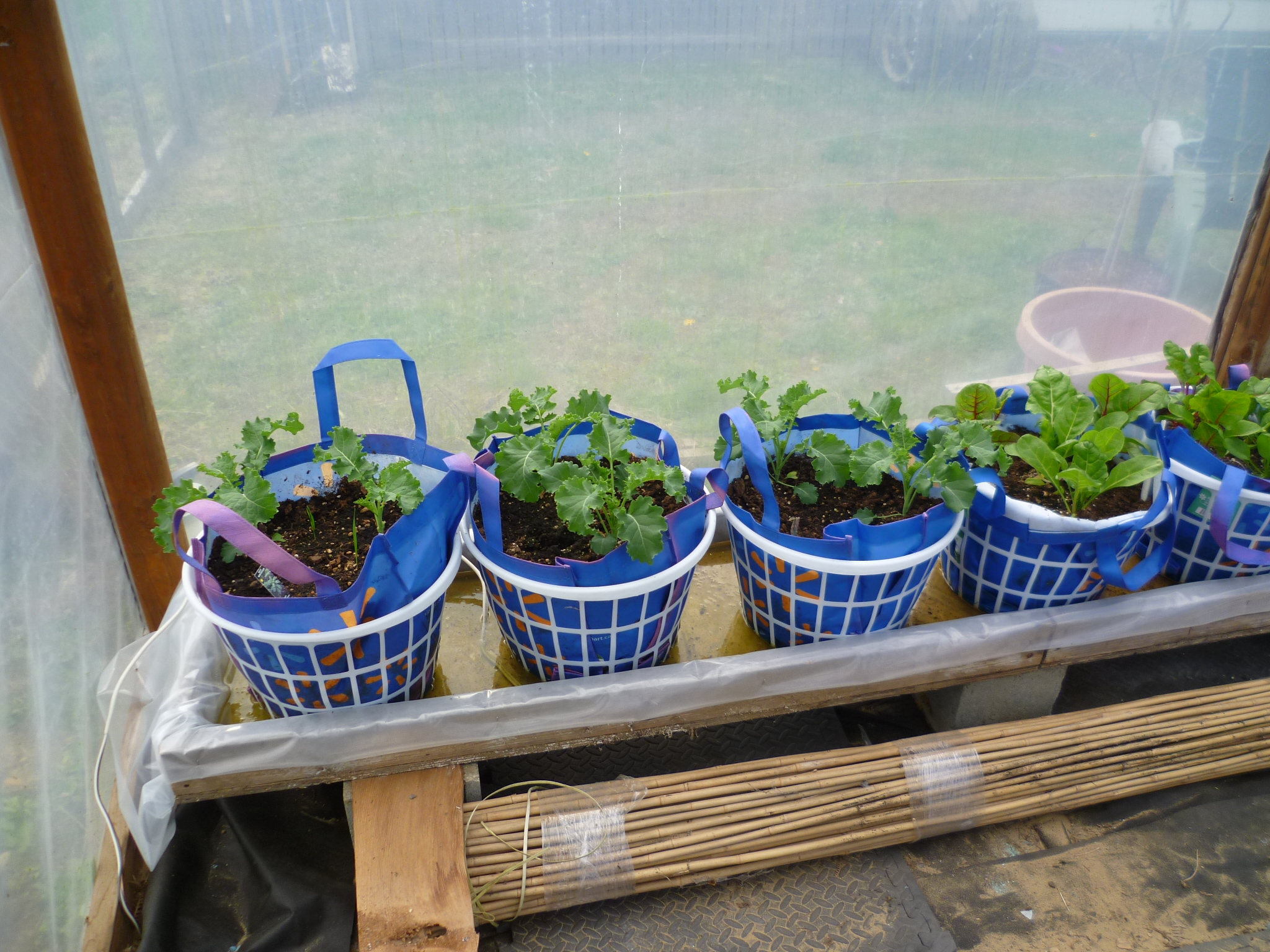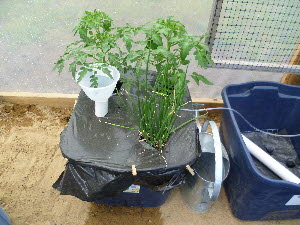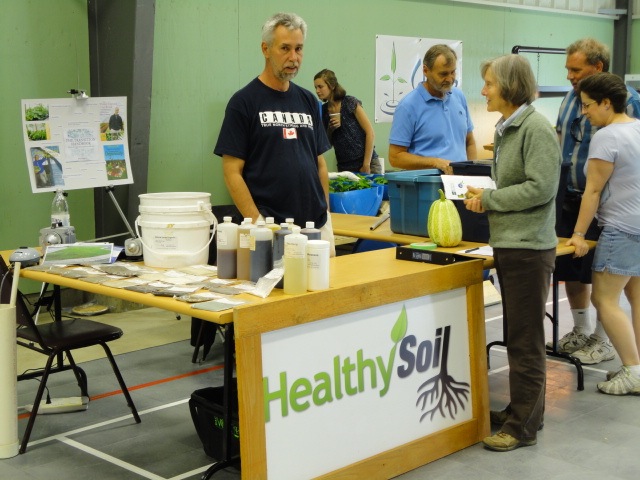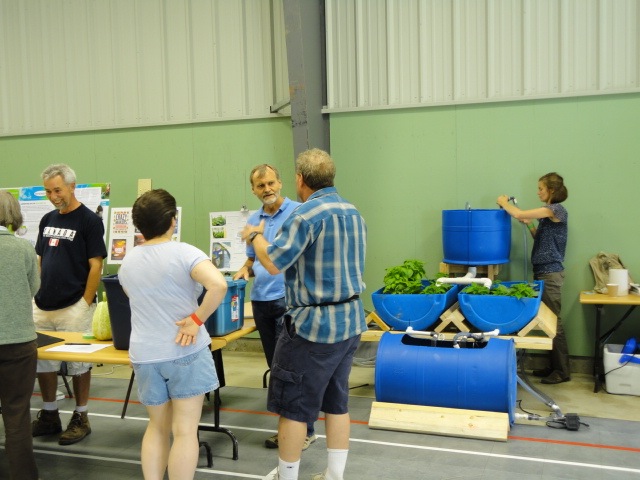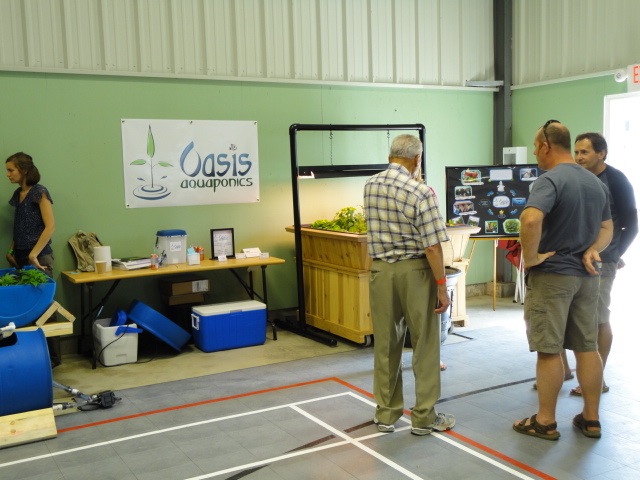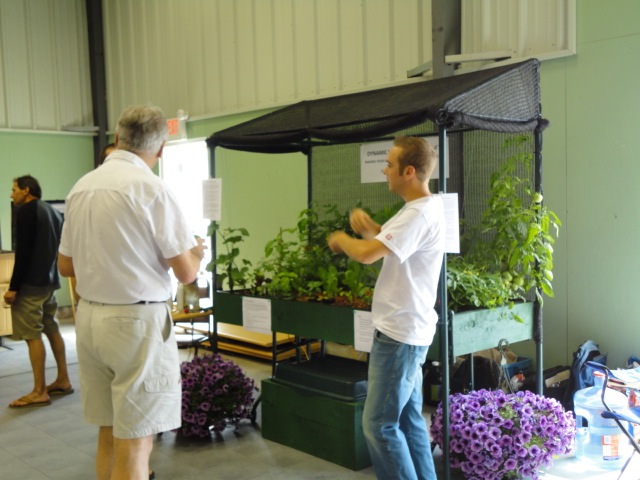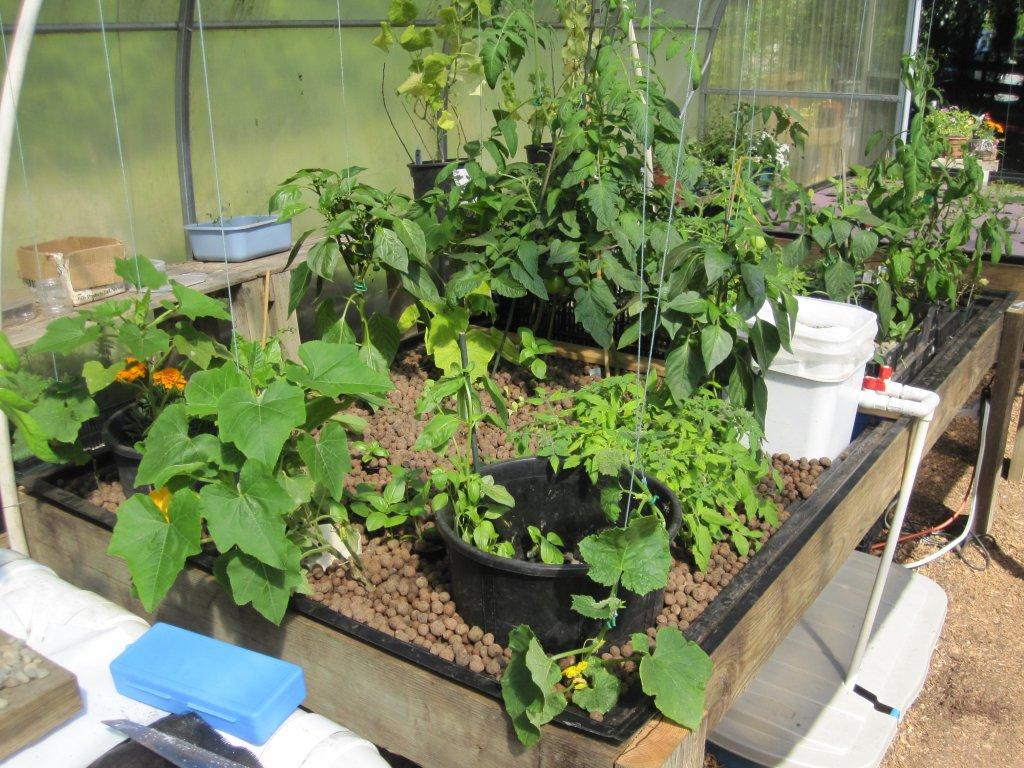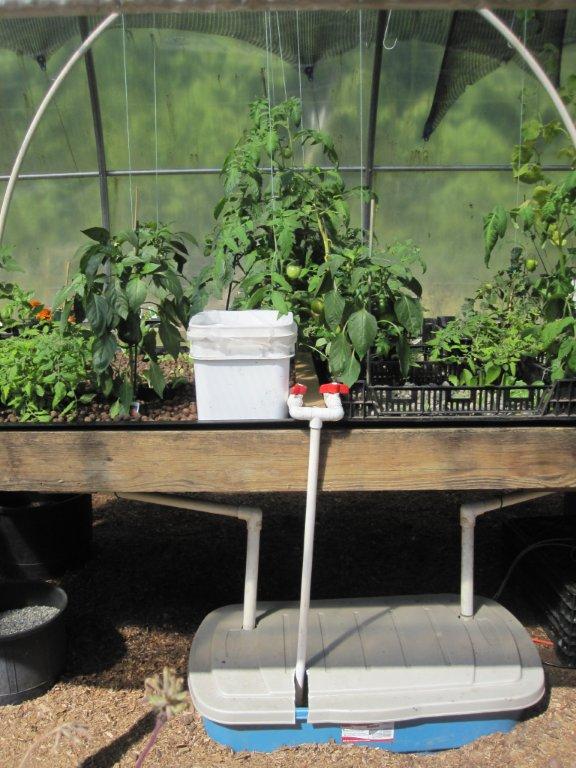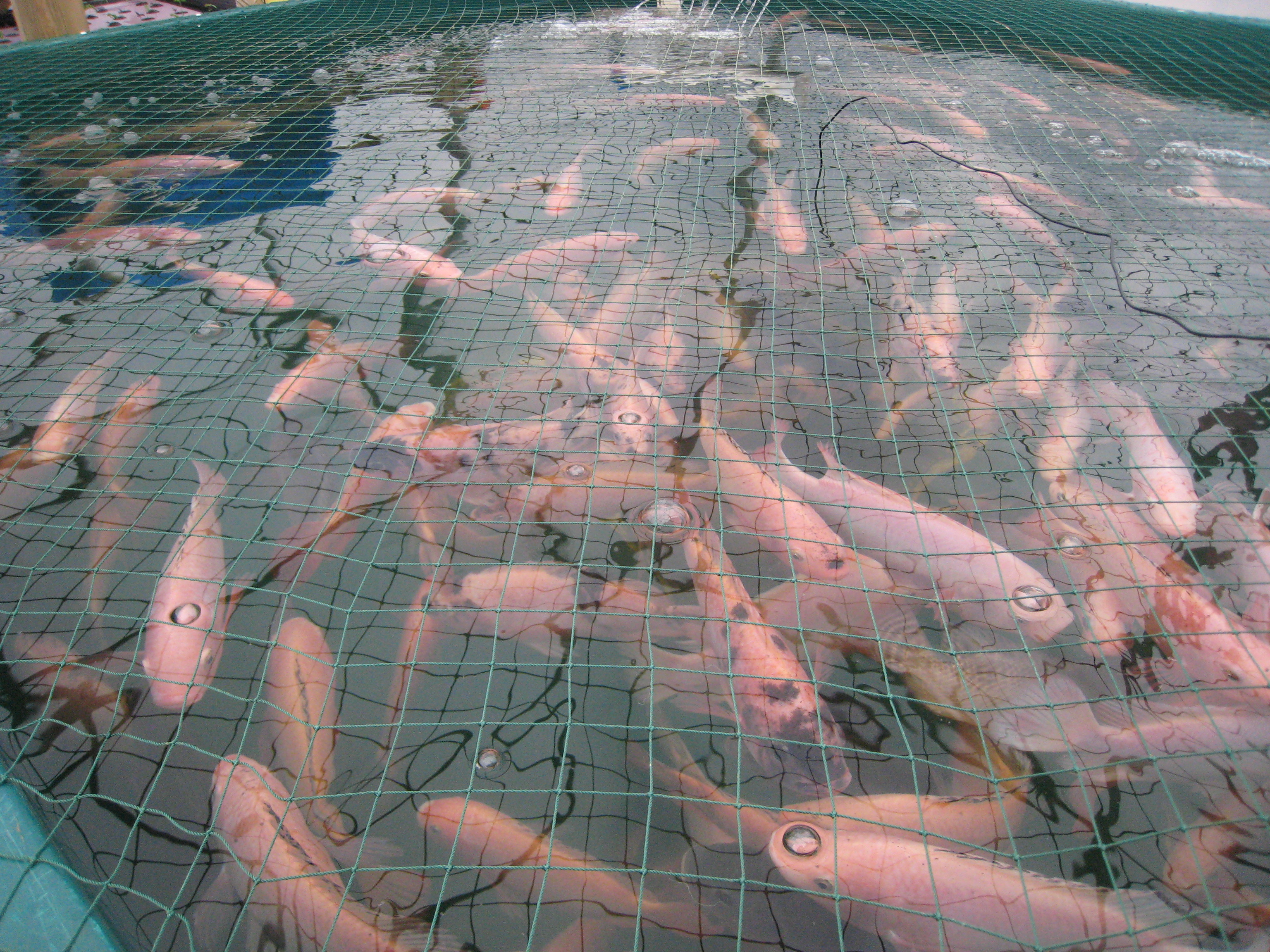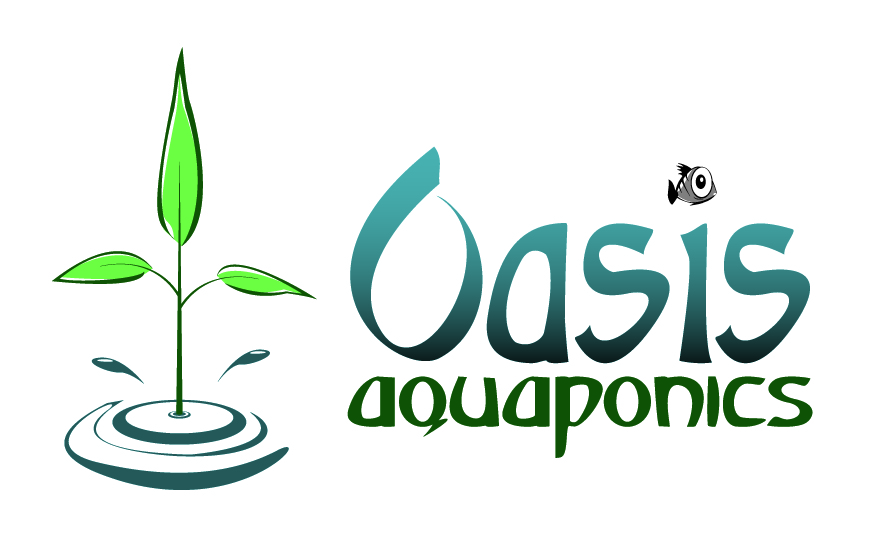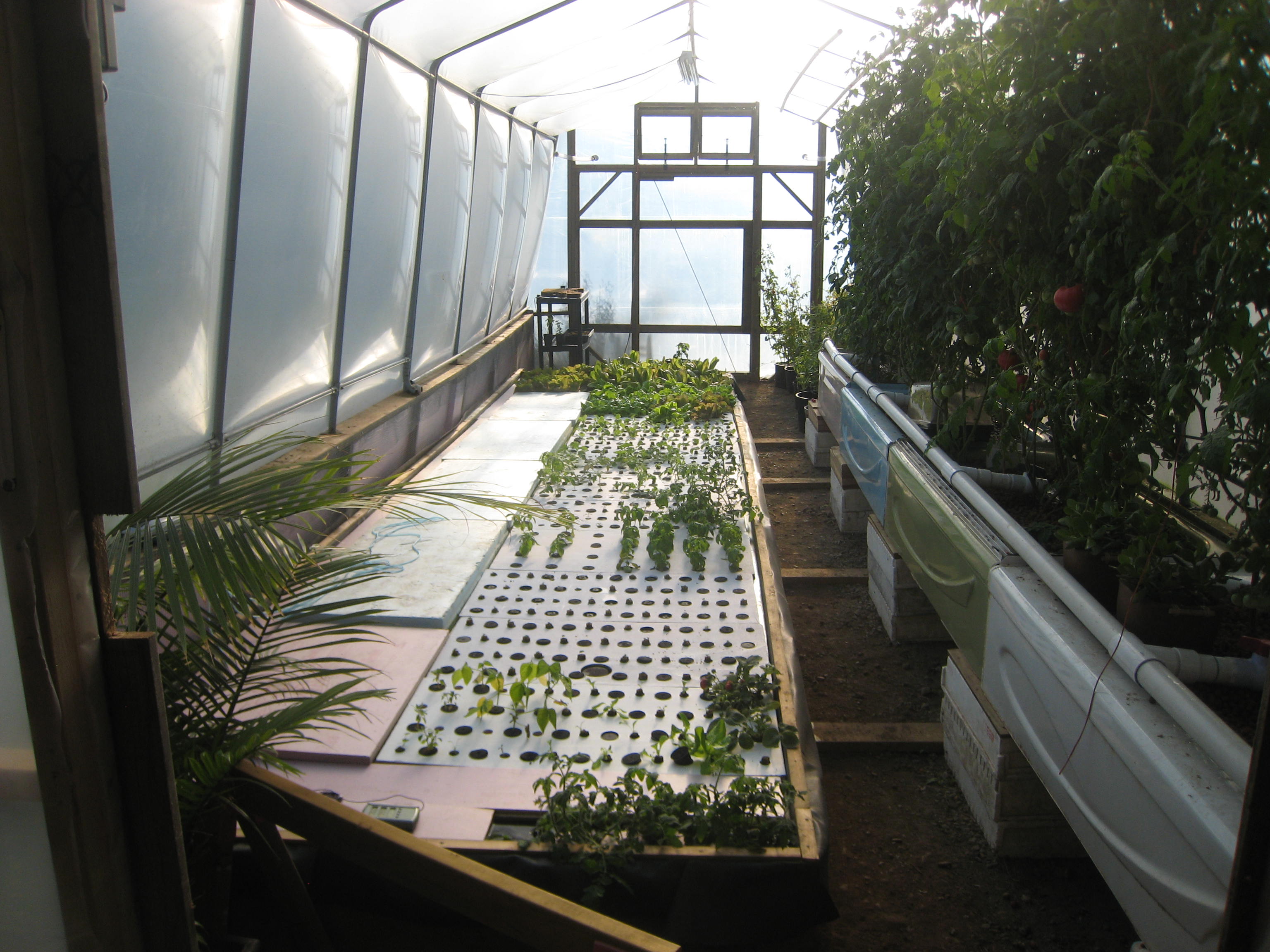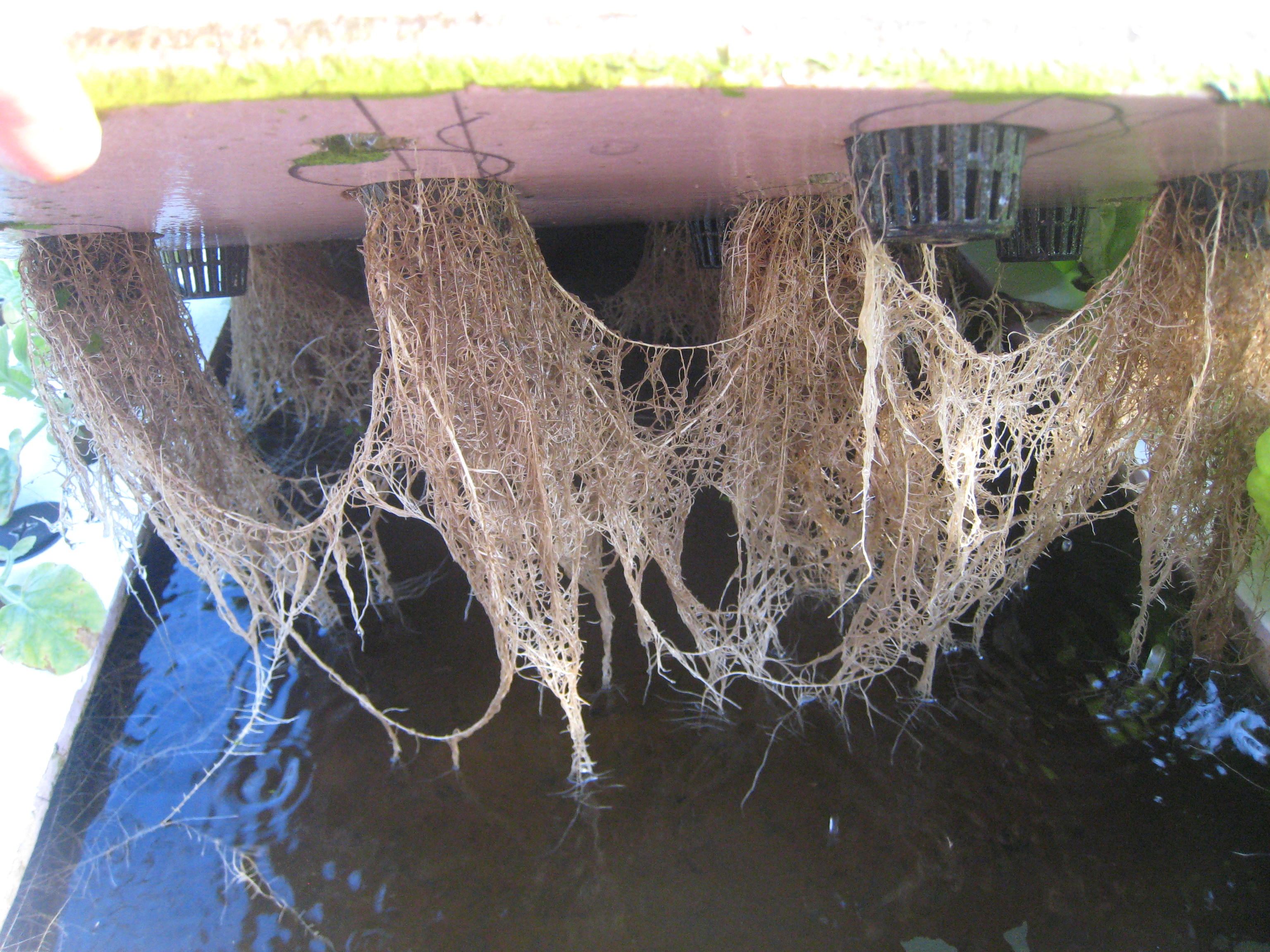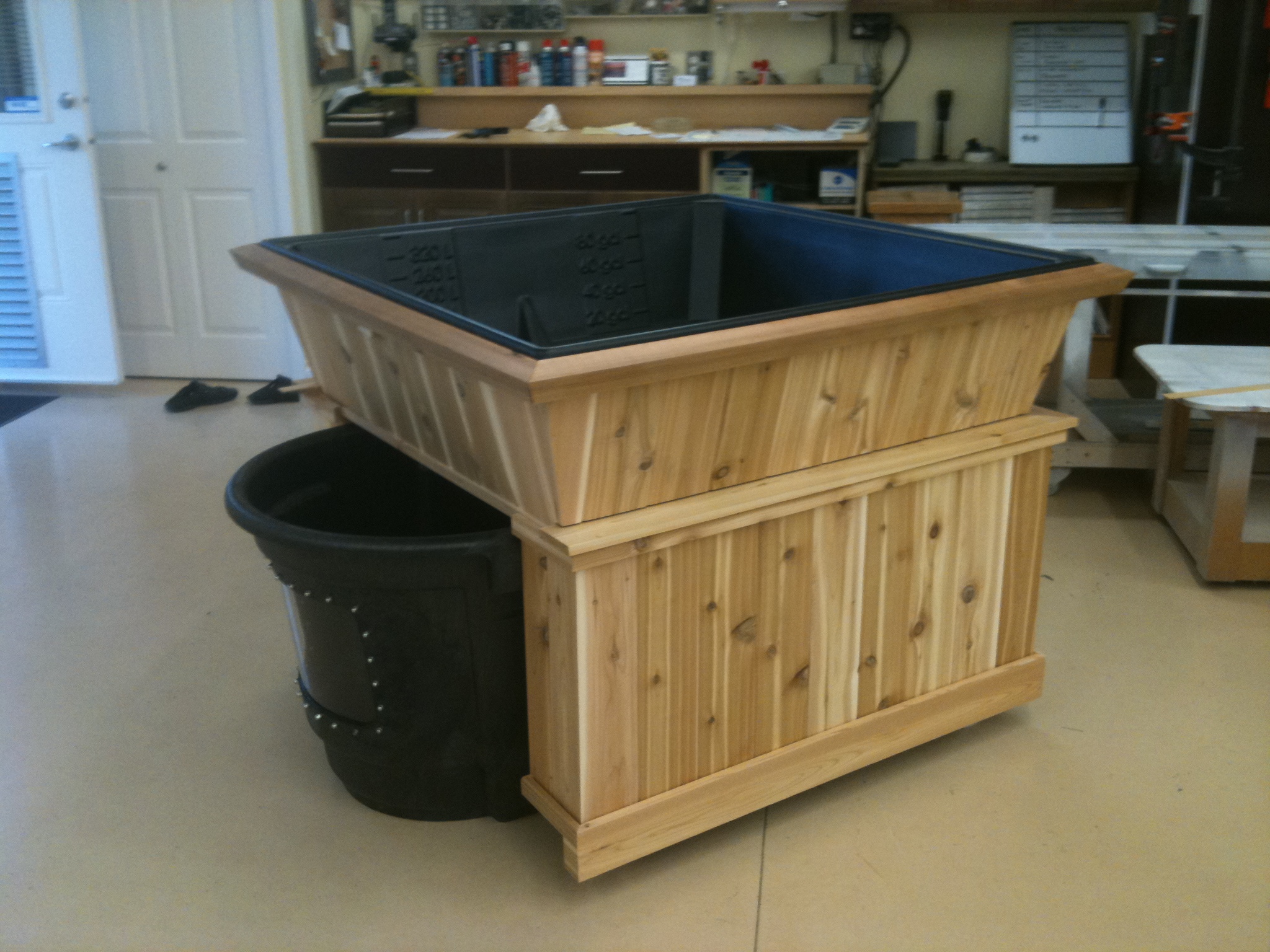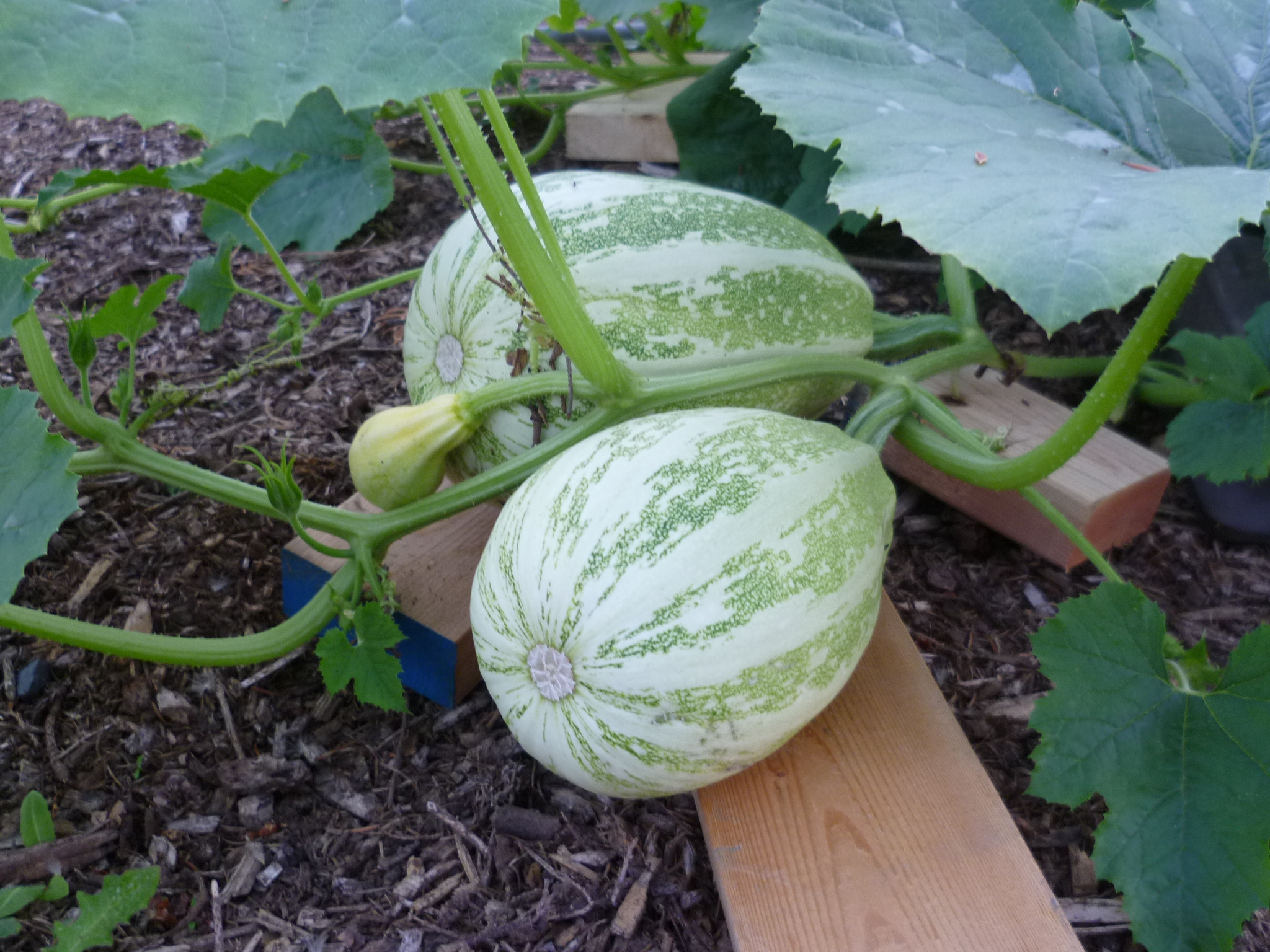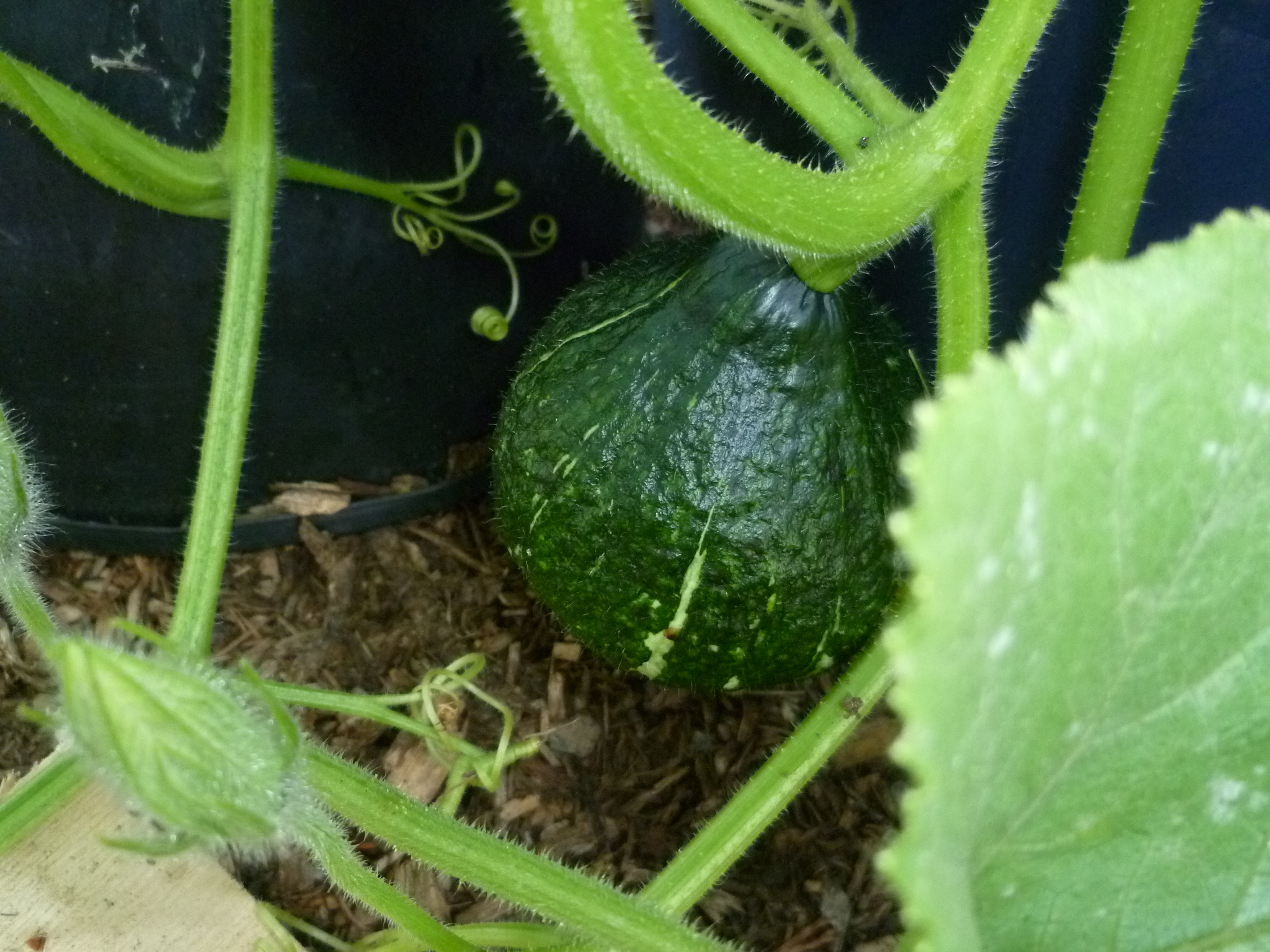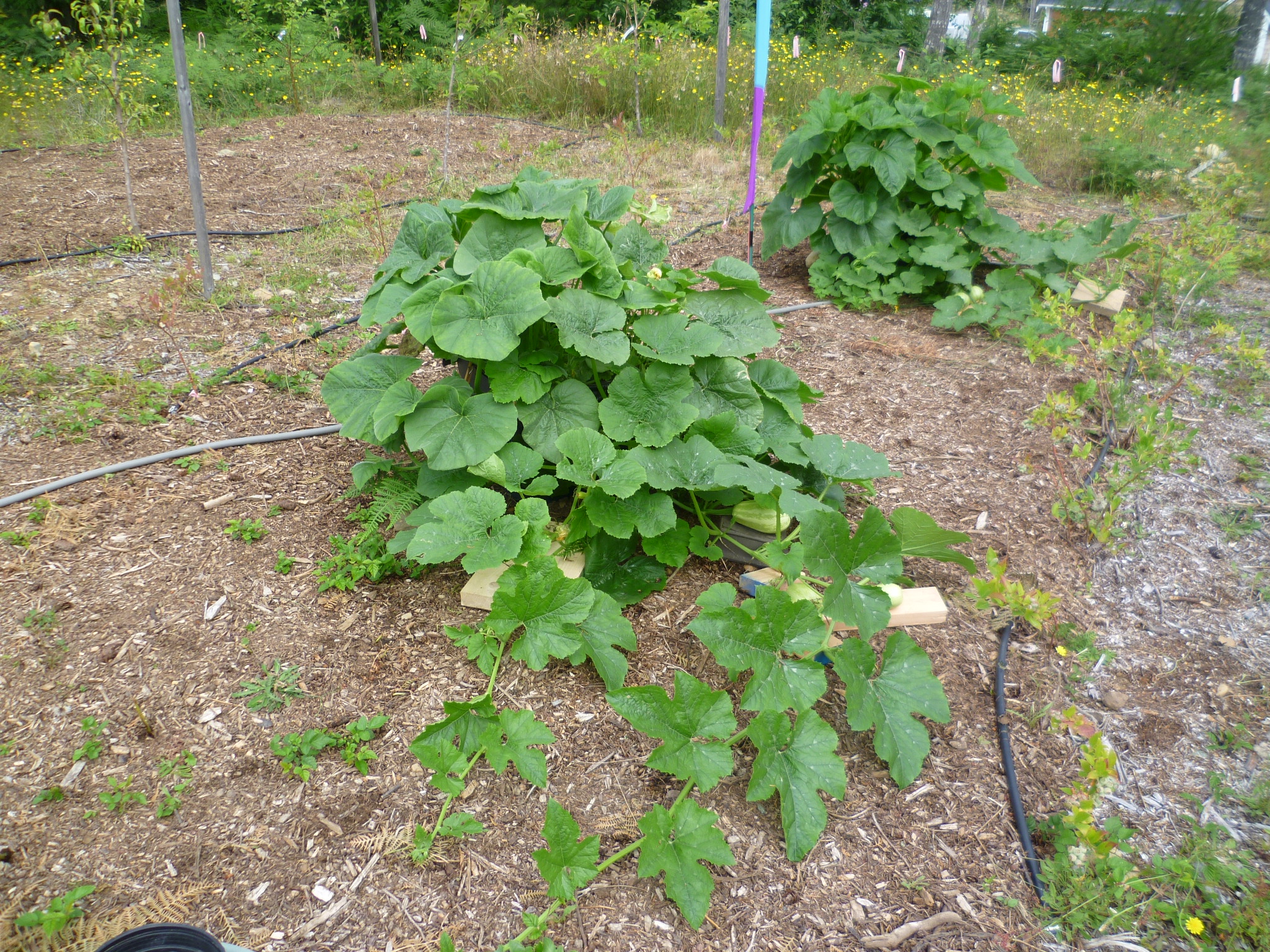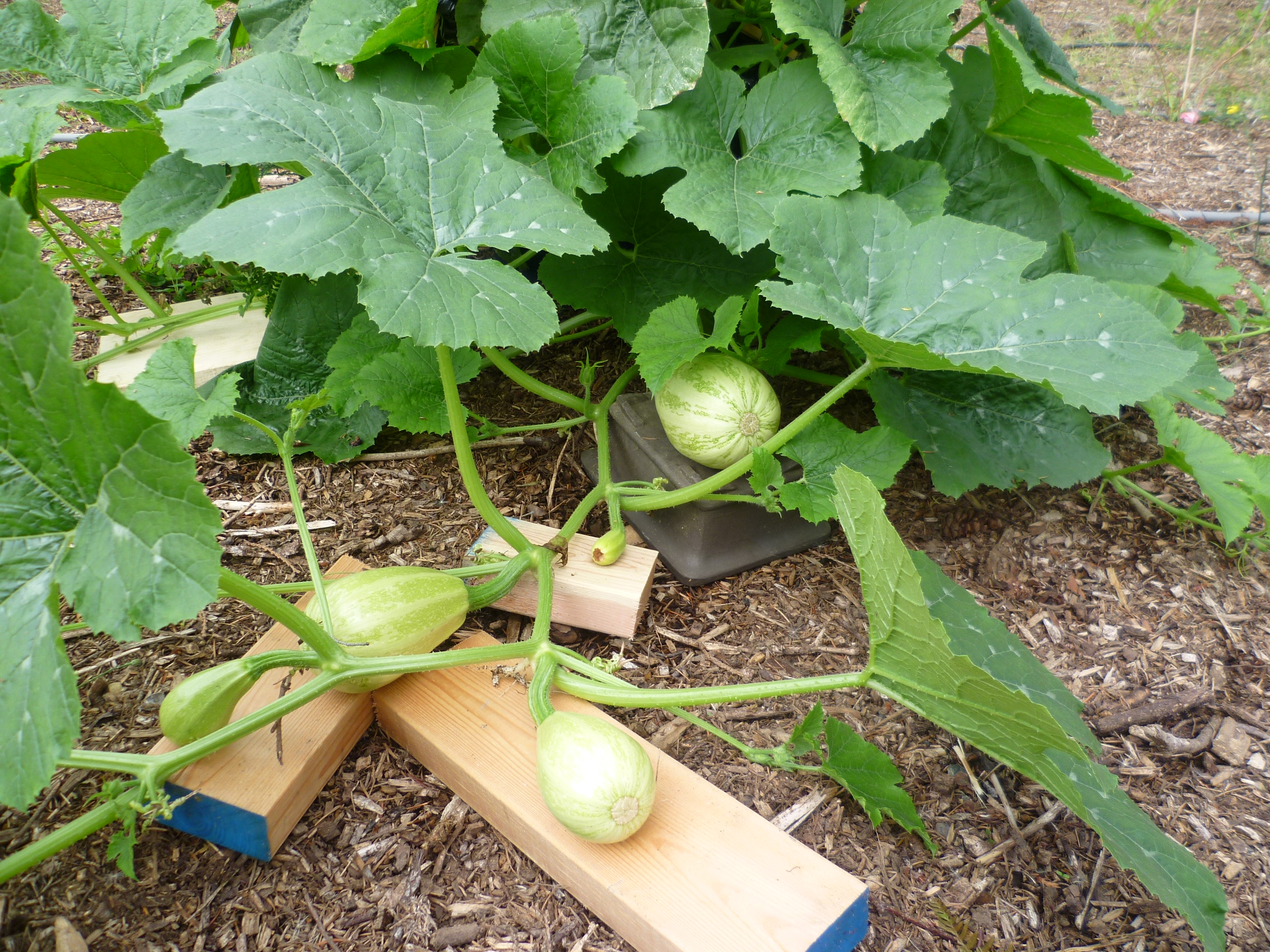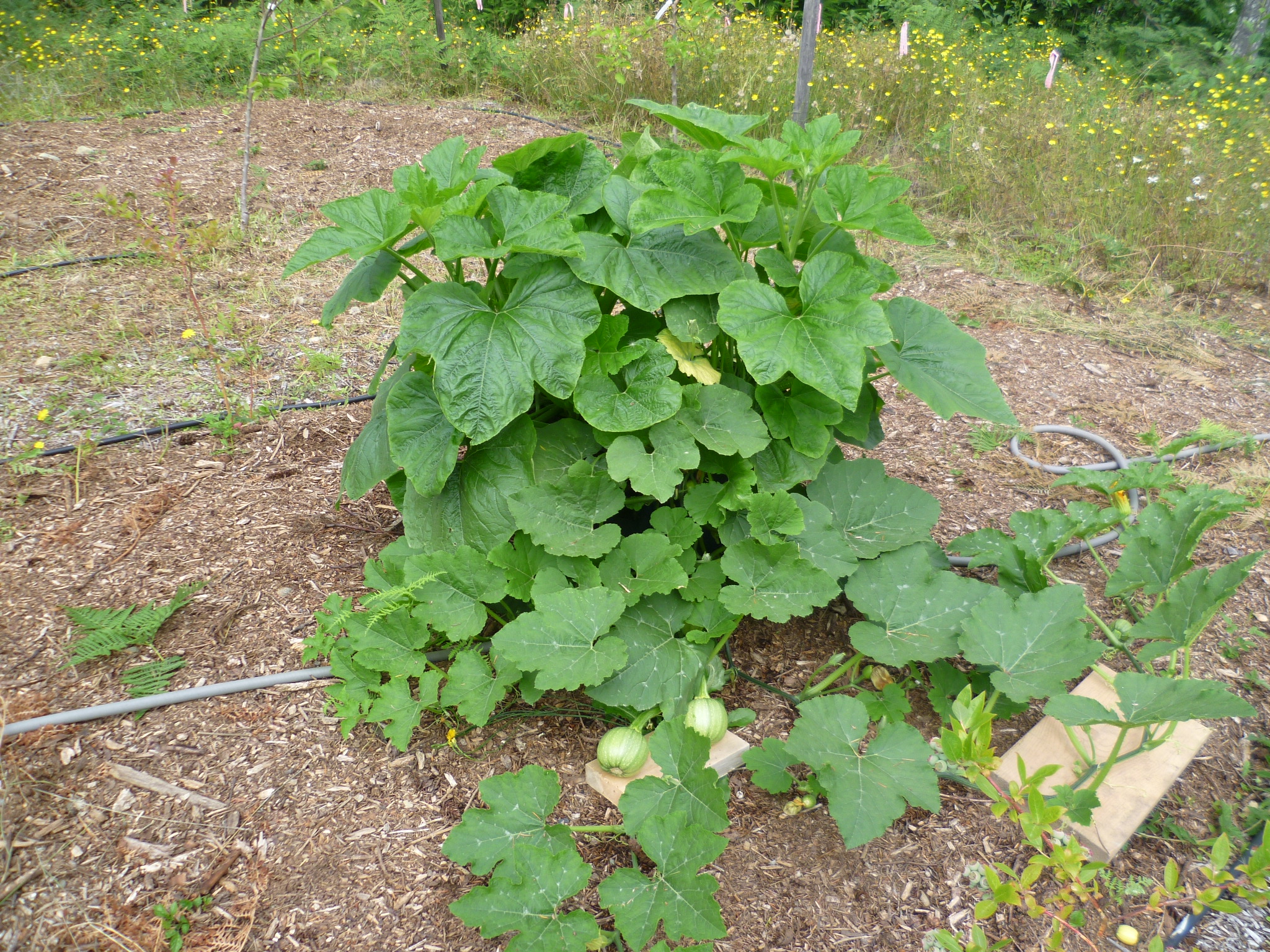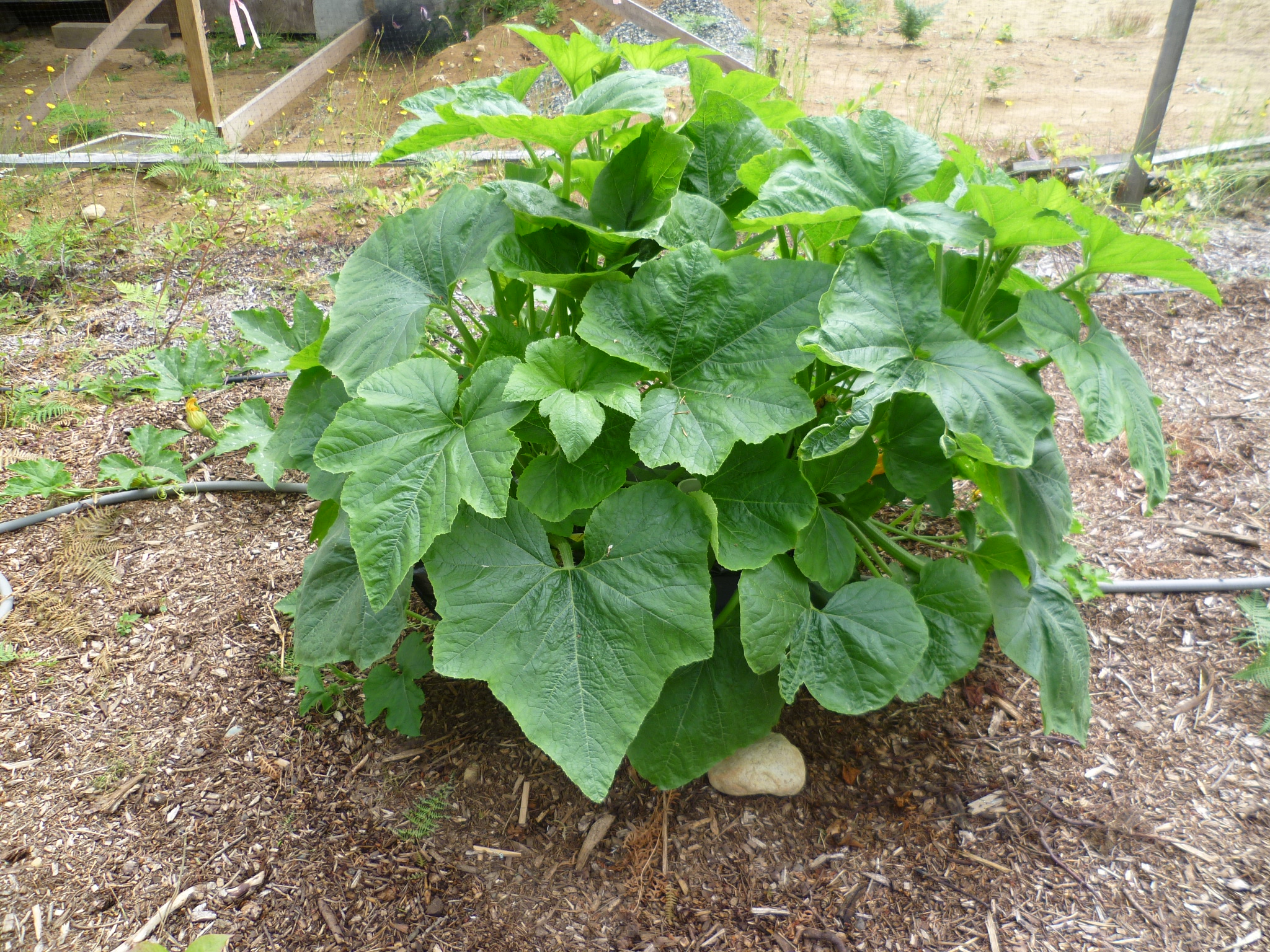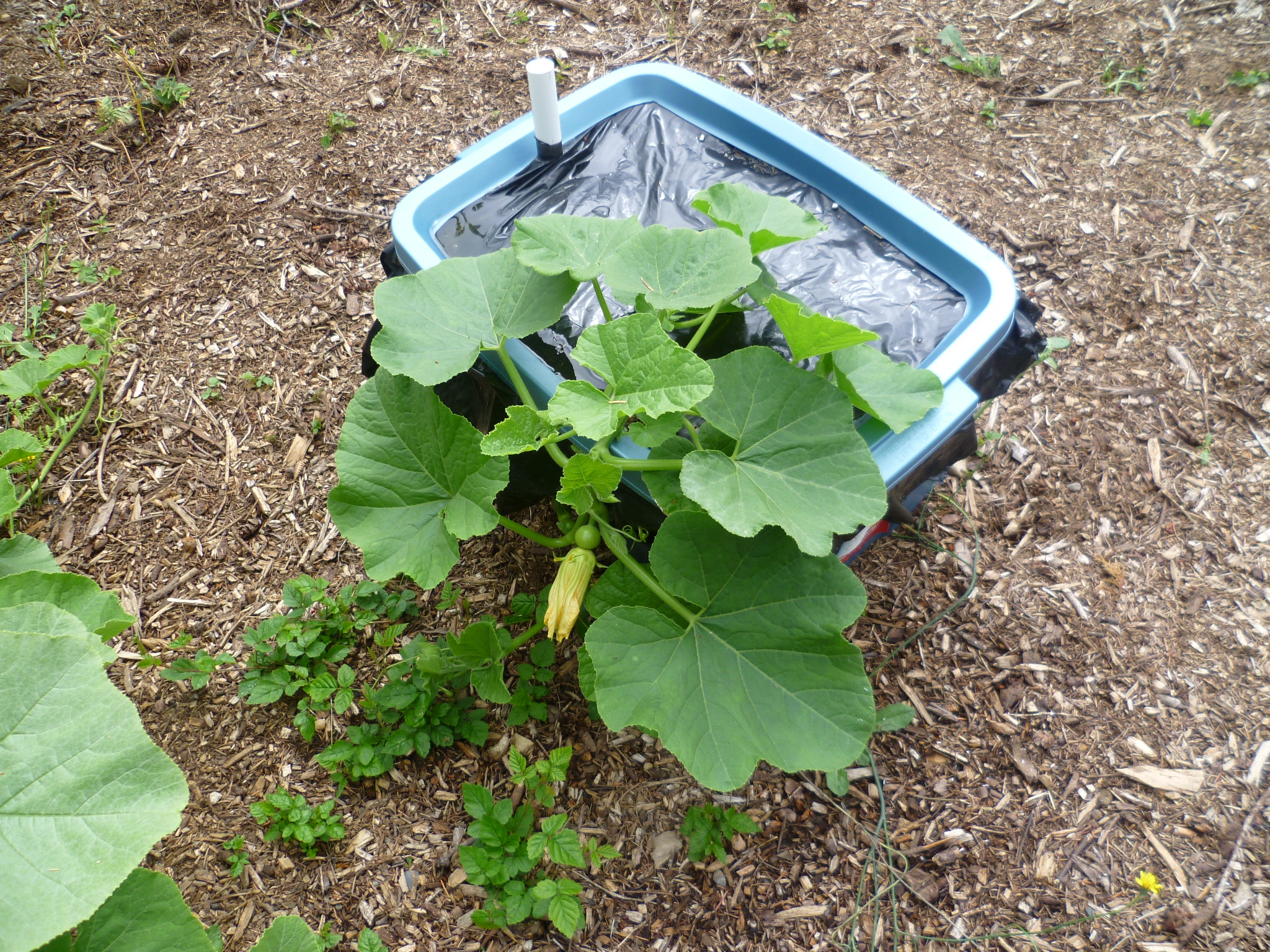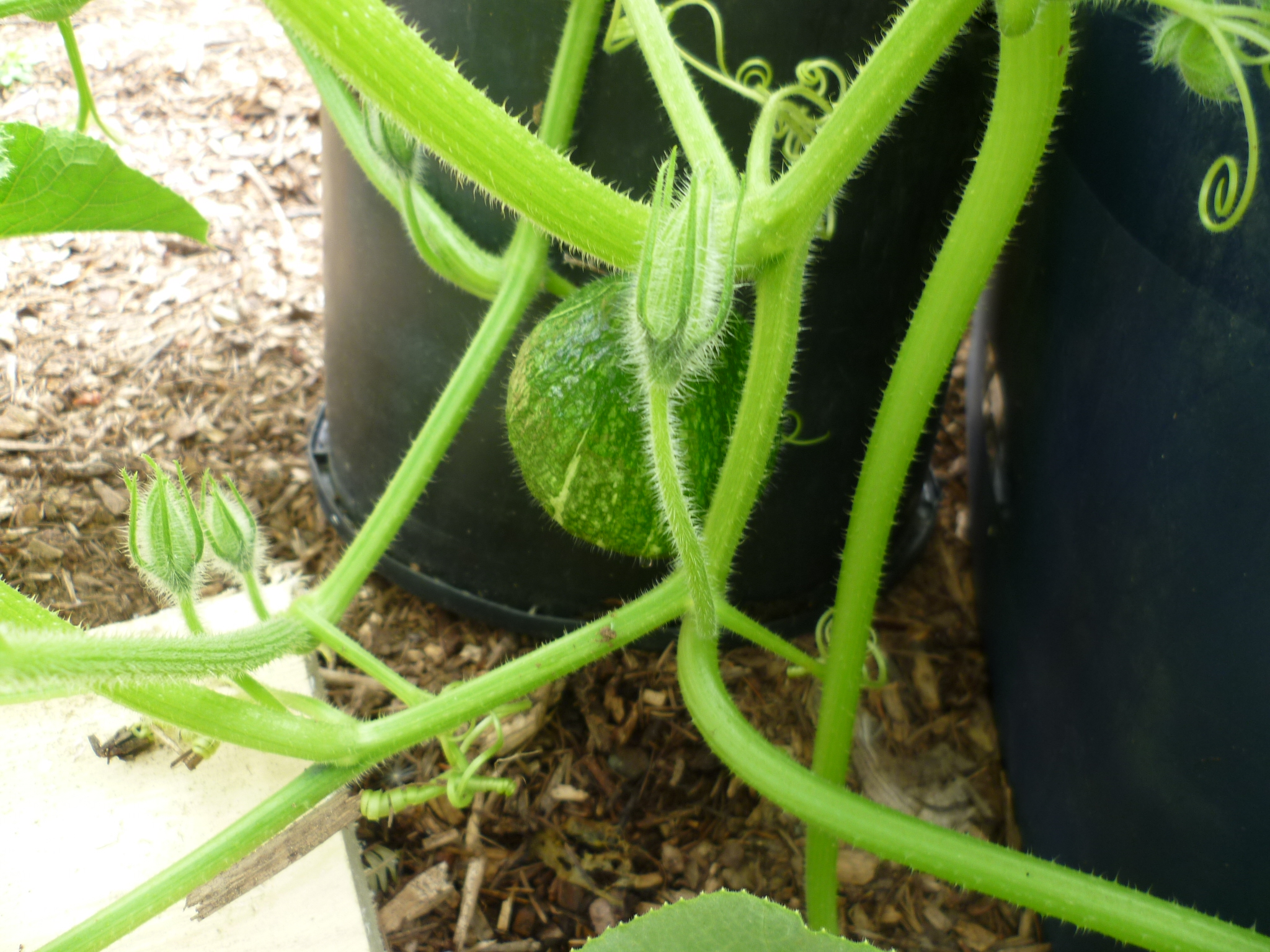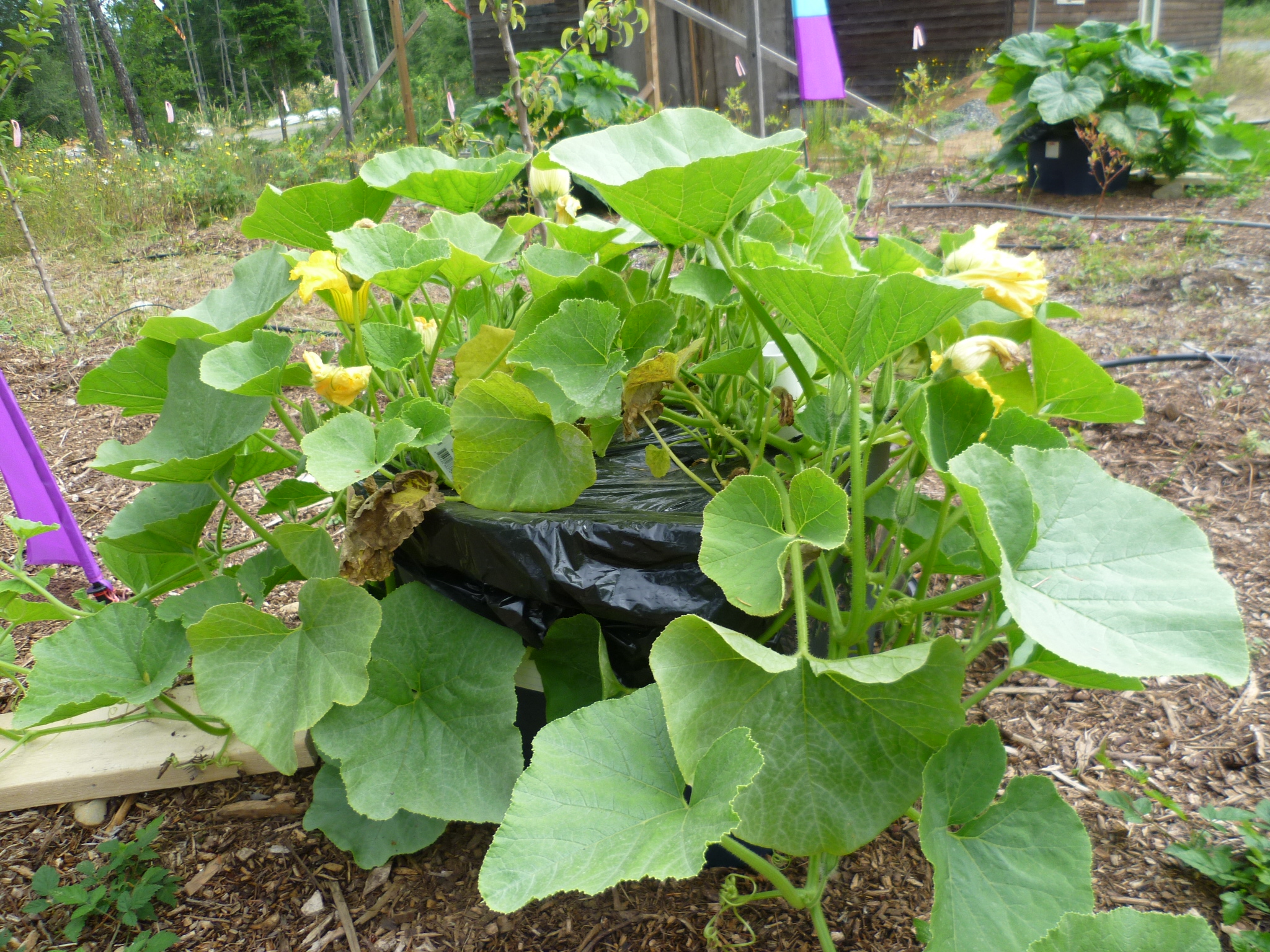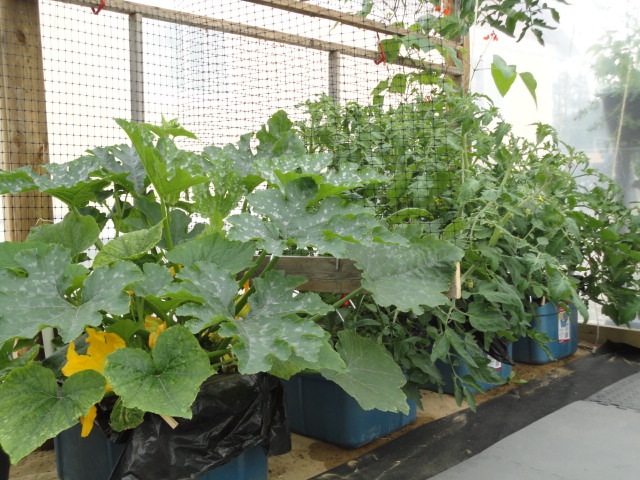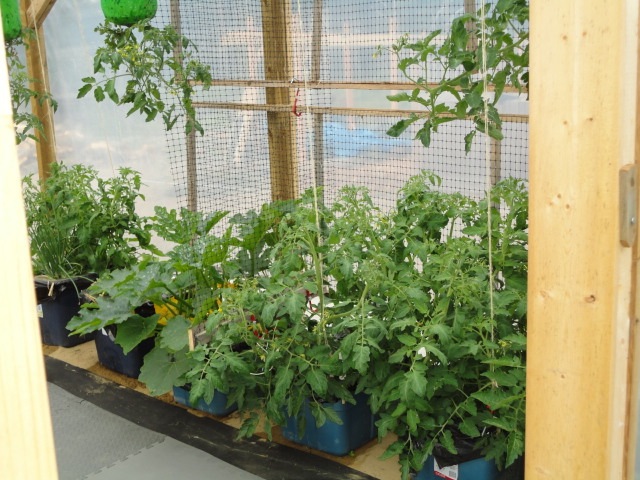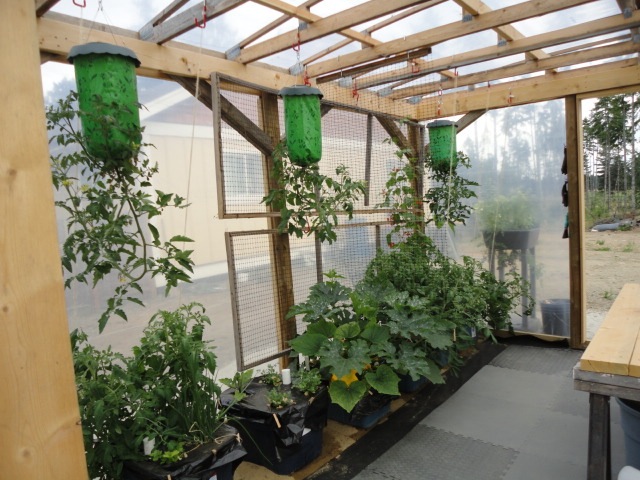Imagine Vancouver in the not-too-distant future. There are food gardens everywhere. Mini-farms. On rooftops. In parks. Next to gas stations. Filling empty lots.
And there are fruit and vegetable kiosks dotted here and there, selling fresh, organically grown produce that has been picked only a few hours earlier.
And the people are happier and healthier and more connected to the planet and the environment and nature.
What d’you think?
Well, this is Vancouver environmental designer and community-based ecologist David Tracey’s vision of the “green and delicious” city of the future.
He says it will also be “creative and busy and messy and fun and beautiful” but most of all it will be a “farm city.”
Four years ago, he wrote his first book, Guerrilla Gardening, in which he encouraged us to see all the city as a garden.
He urged people to take back public spaces, especially empty unused spaces, and turn them into productive food gardens.
And he pointed out that there were many areas of the city that could be made more useful and beautiful by allowing “the community to turn them into gardens.”
Now, in his latest book, Urban Agriculture: Ideas and Designs for the New Food Revolution, he wants us take what he regards as the next logical step in the local food movement … and see the city as a farm and all of its citizens as participating city farmers.
“The farm of the future might be your neighbour’s suburban lawn, the roof of your uptown condominium or the co-op market garden in the vacant lot down the street,” he says.
In this new reality, food gardening will not simply be a hobby that people do for relaxation.
“No, I see it as much more serious than that. I think it is the way we are going to redesign our cities to make them more livable through the 21st century,” he says.
Basically, Tracey thinks our present system of food supply is ultimately doomed because it is fundamentally unsustainable and counter-productive.
“In the 20th century, we took a major detour from the way we had grown food for the previous 10,000 years and opted for a big, industrial factory-farm system that linked into a global-food network.
“This system has a lot of problems. It can’t sustain itself. Fifty per cent of the world’s population now lives in cities and more and more people are moving into cities every day. We can’t rely any more on rural areas to keep feeding us in such a wasteful way.”
Tracey’s goal is to inspire more people to grow their own “good, healthy, fresh, local food.”
He believes everyone should not only have the opportunity (the right, he would say) to grow food, he is working to break down the barriers that convince people food gardening is difficult and not something they can do successfully.
He deliberately structured the chapters of Urban Agriculture to guide people from starting with a basic project such as growing a few herbs or vegetables on a windowsill to tackling a more complex, substantial food garden.
“When we moved off the farm into the cities, we lost the innate ability to be aware of the natural environment. We start to live less connected lives, more artificial lives in artificially lighted boxes.
“I’m not saying we have to go back to the cave, but I think we can recapture some of the sense of what it means to be alive and connected to the living planet through plants.”
Tracey reckons this is the reason everyone gardens. “It is the one activity in our life that is real time, not virtual reality, not on a screen.”
When we garden and grow food he says something deep and organic happens in our brains.
“It makes us feel a little more alive and more human. At least, it does for me.”
Food gardening will be the driver that re-designs our city, he says.
“The city has to transform itself into a more farm-like community. History is with me on this one. We are on a dangerous course right now and we need to get back on a path that is better for the planet and for all of us.”
Tracey isn’t really this preachy. He just sounds a bit that way when you string one of his passionate statements after another.
He is a gentle, articulate, sincere, schooled landscape architect with a heart for wanting to create better access to fresh food that wasn’t trucked in from other parts of the continent causing pollution and consuming valuable energy in the process.
When he is not talking the politics of food production, he puts his money where his mouth is and gets down to the nitty gritty business of actually growing food as one of the participants at Strathcona Community Garden in East Vancouver.
For inspiration, he looks to Cuba, where he see the locally-grown food revolution succeeding because people learned to “grow their way out of a crisis”.
“They start out much the same as we are doing with a lot of people growing food here and there, in corners and on rooftops, and then they refined their operations.
“Today, there are kiosks all over [Havana] selling fresh food that was picked less than four hours ago.”
Tracey reckons today’s amateur city farmers will eventually evolve into competent, full- or part-time professional food gardeners. “Many are in the process right now of working out the economic model to make it work.”
